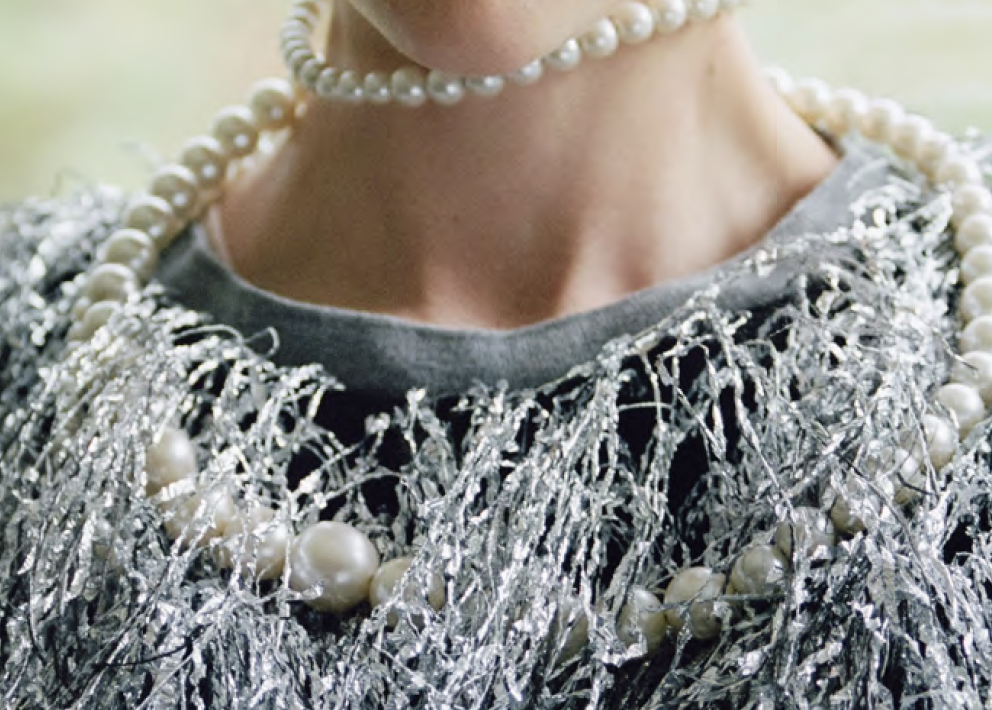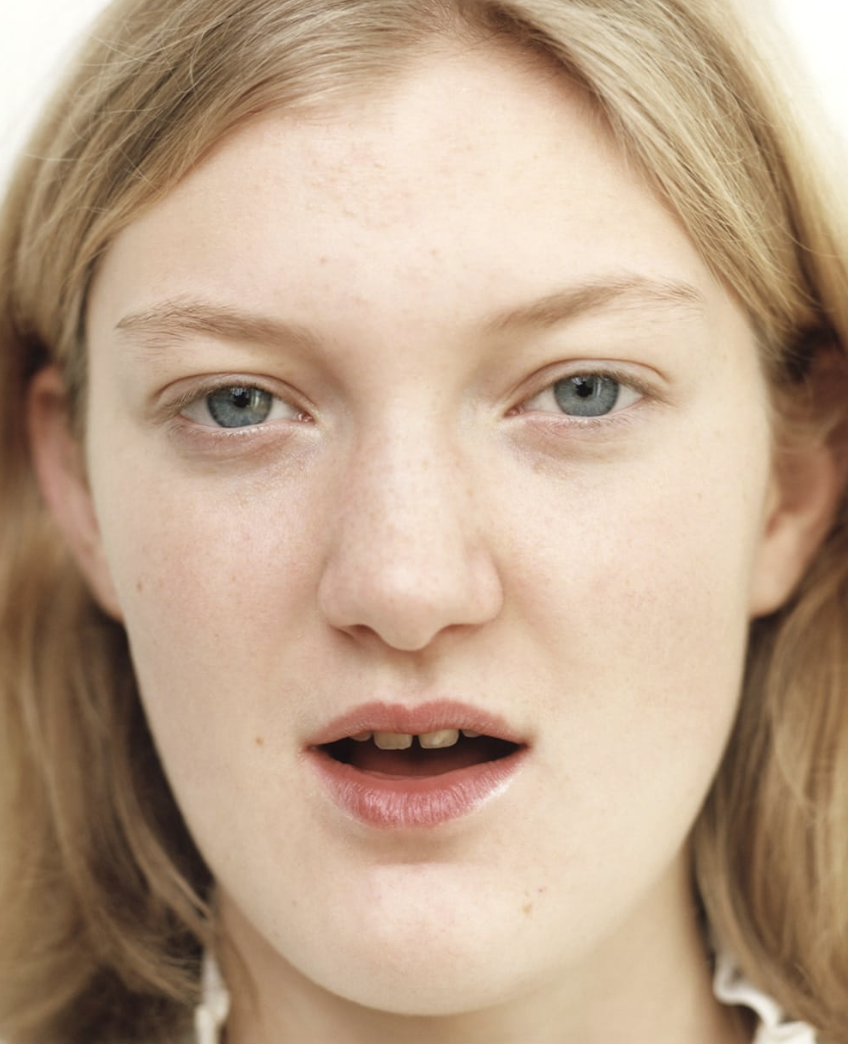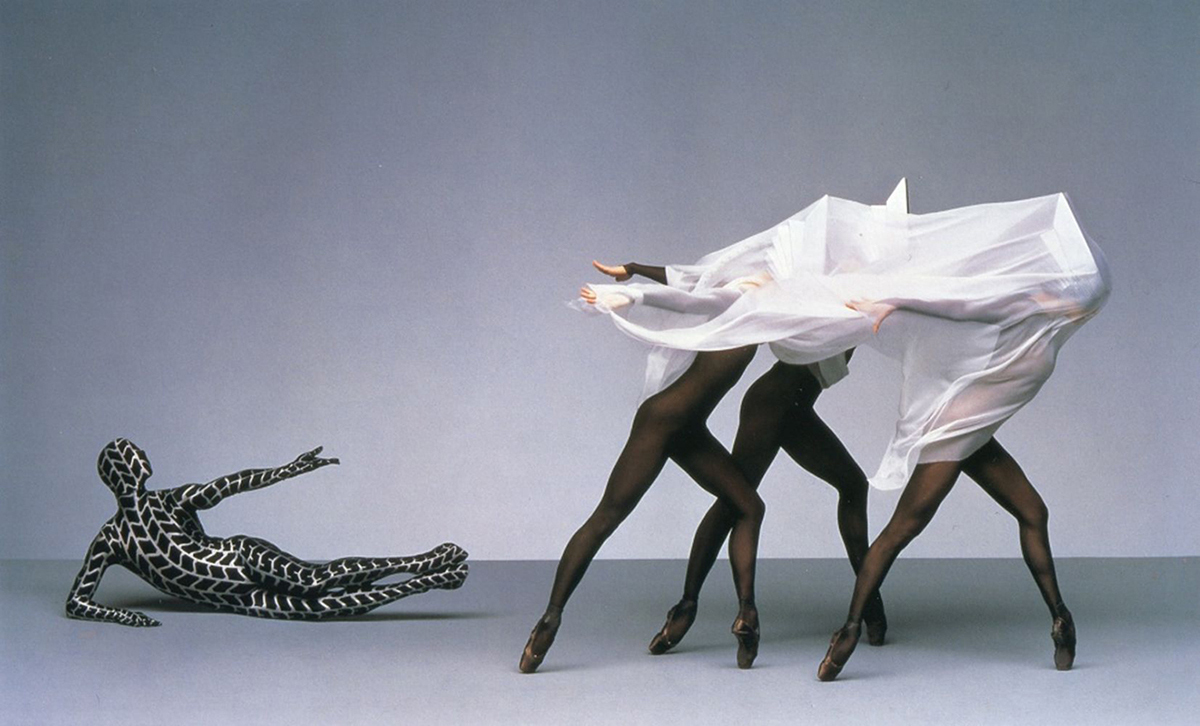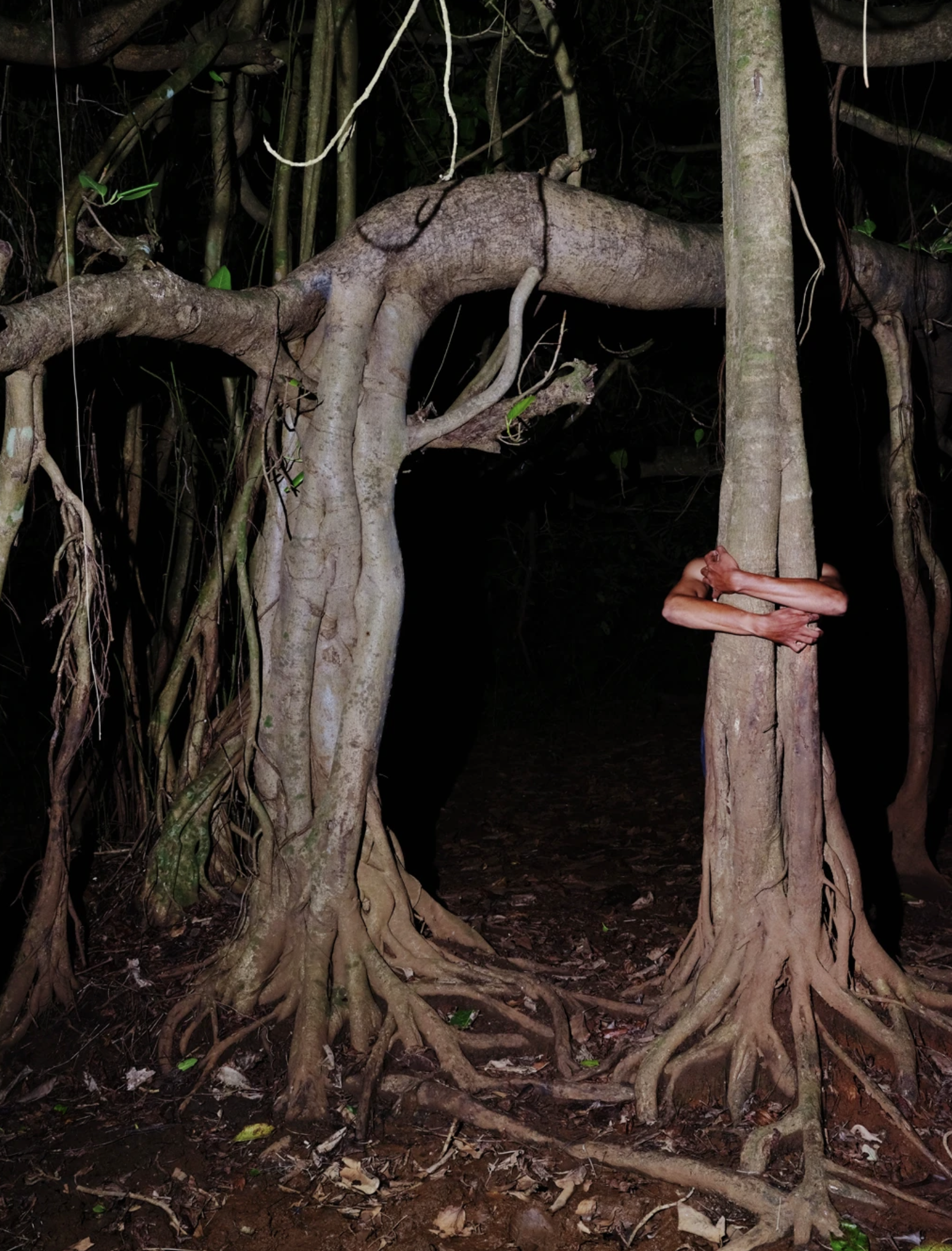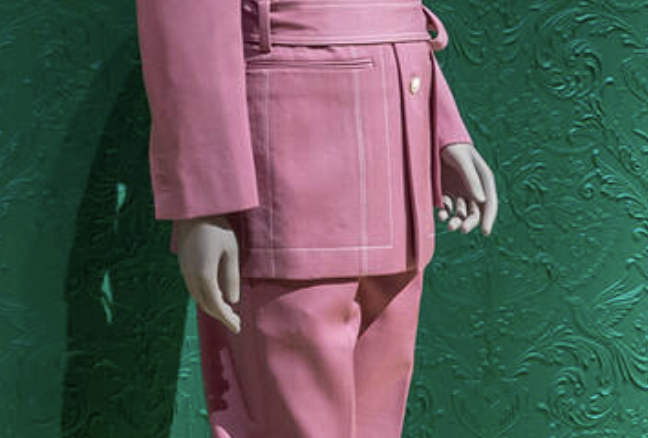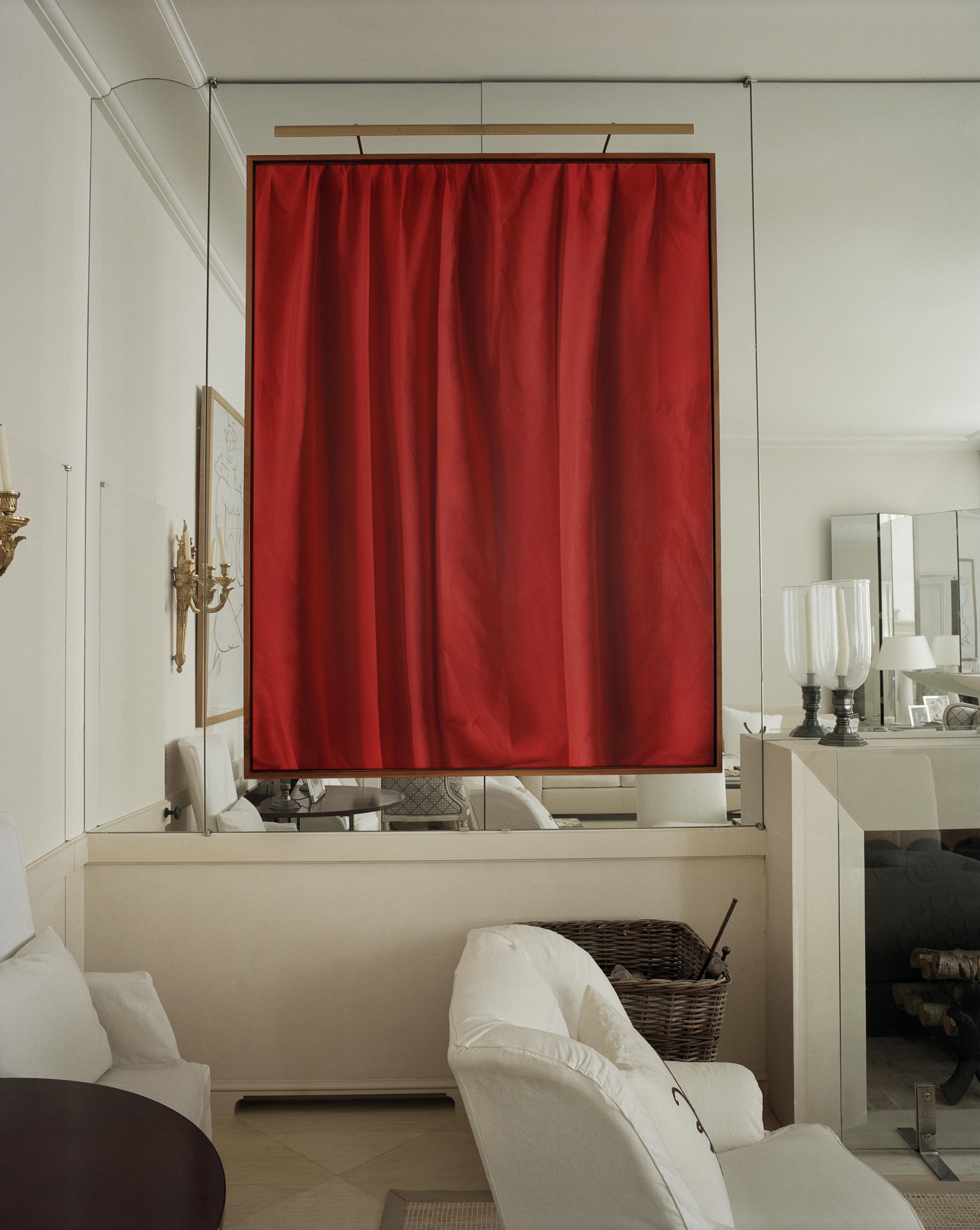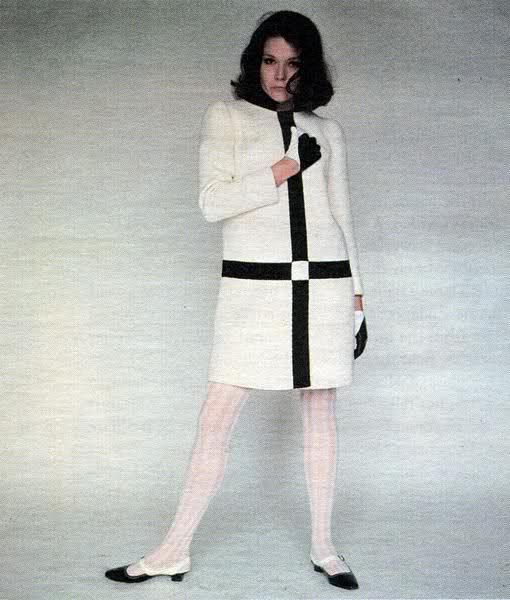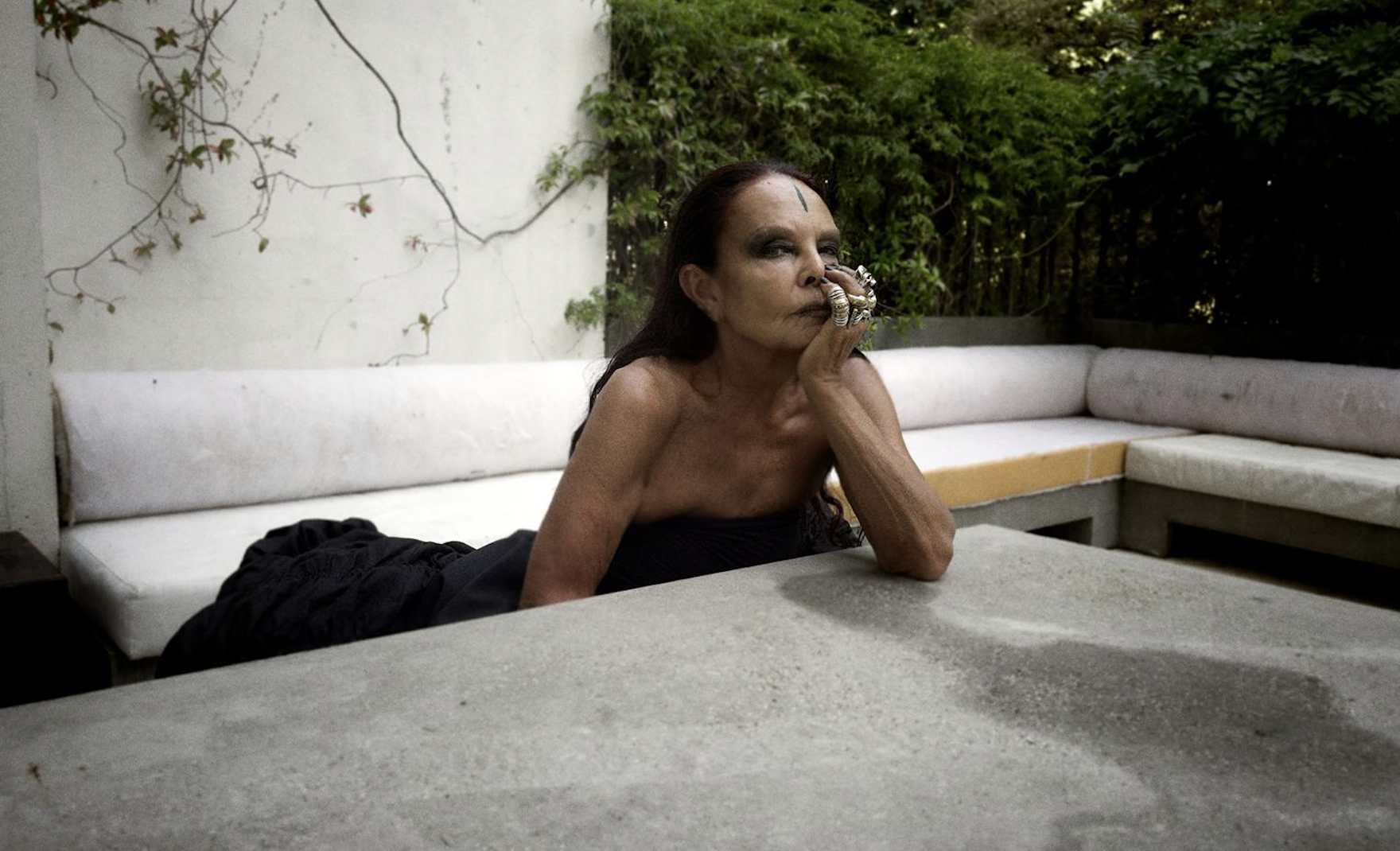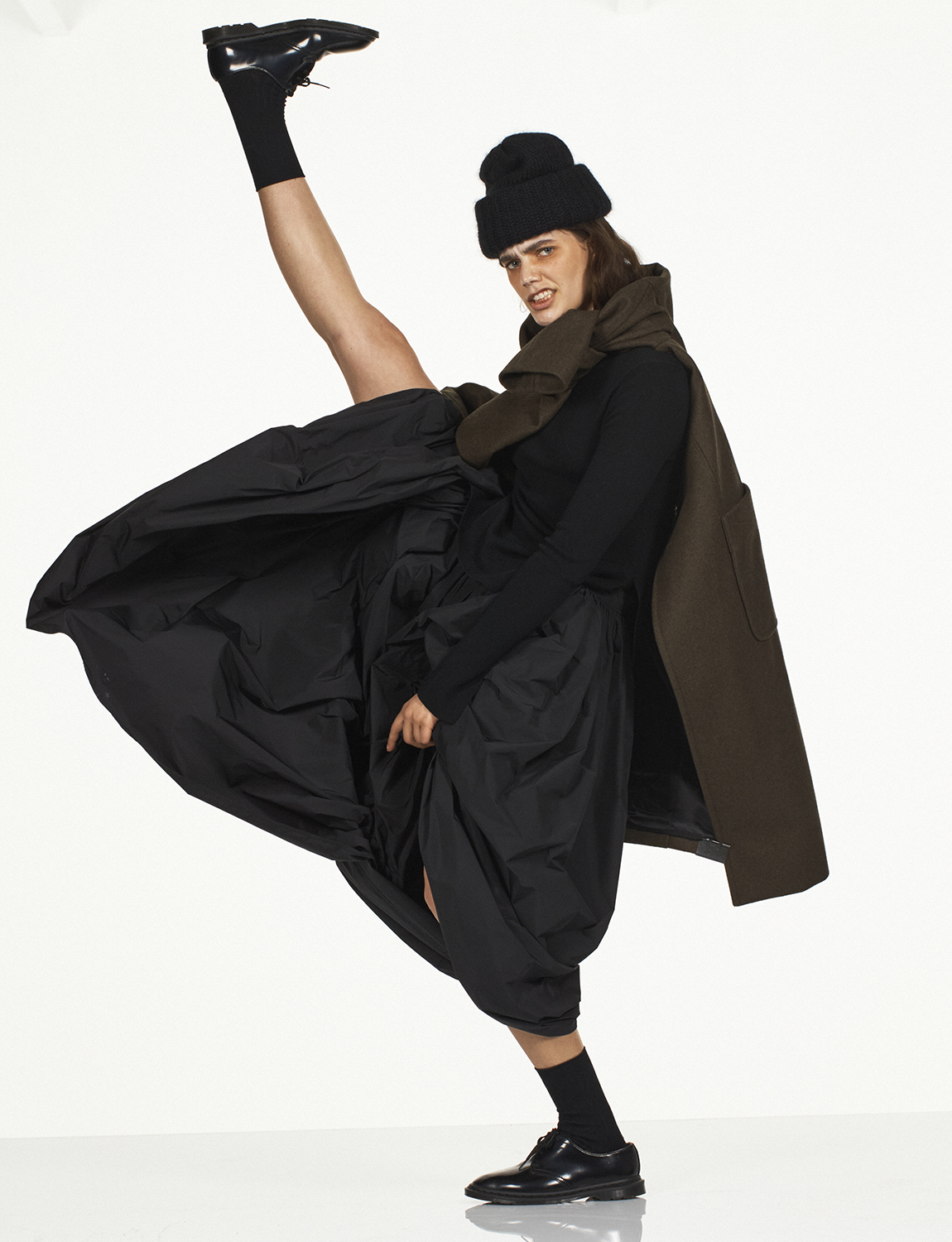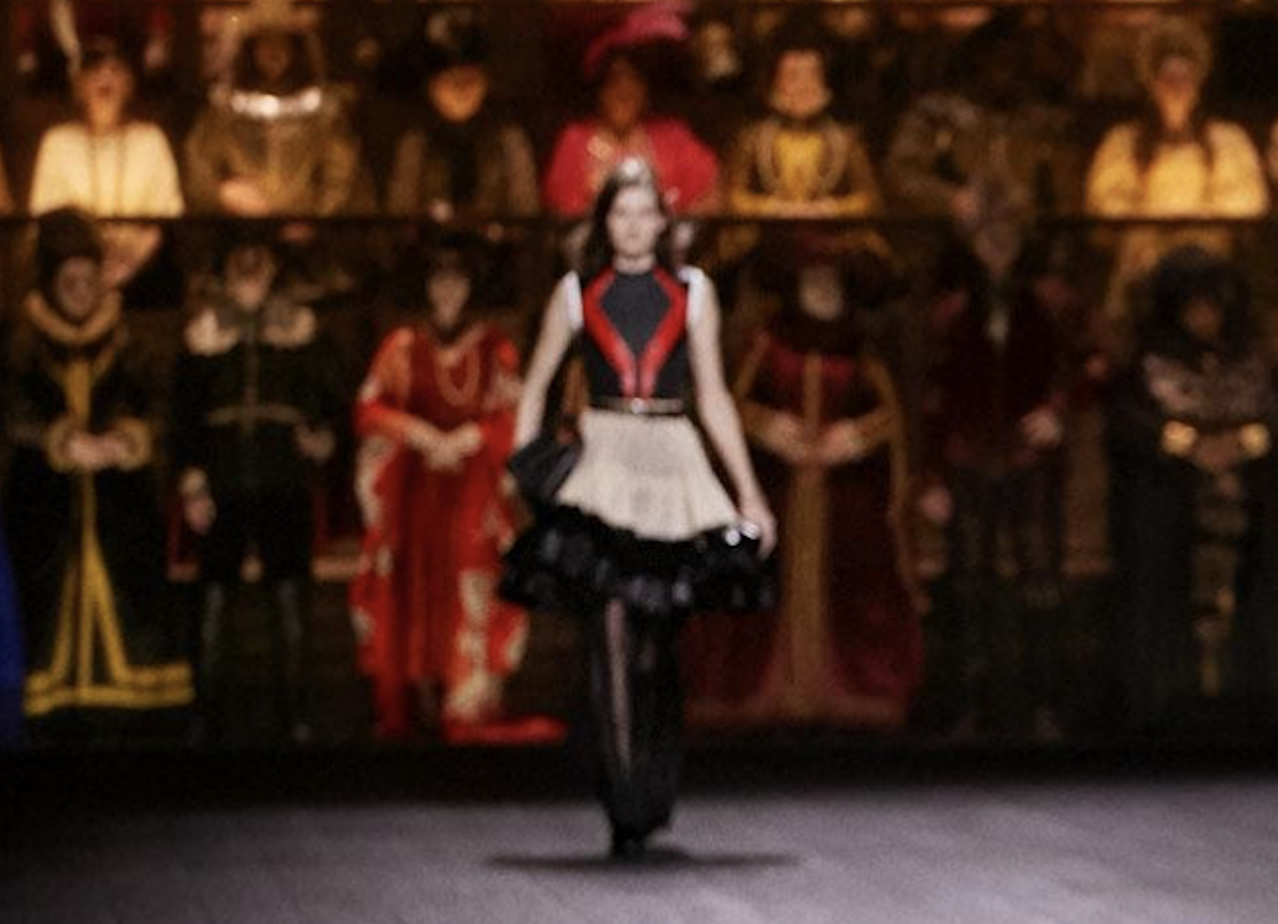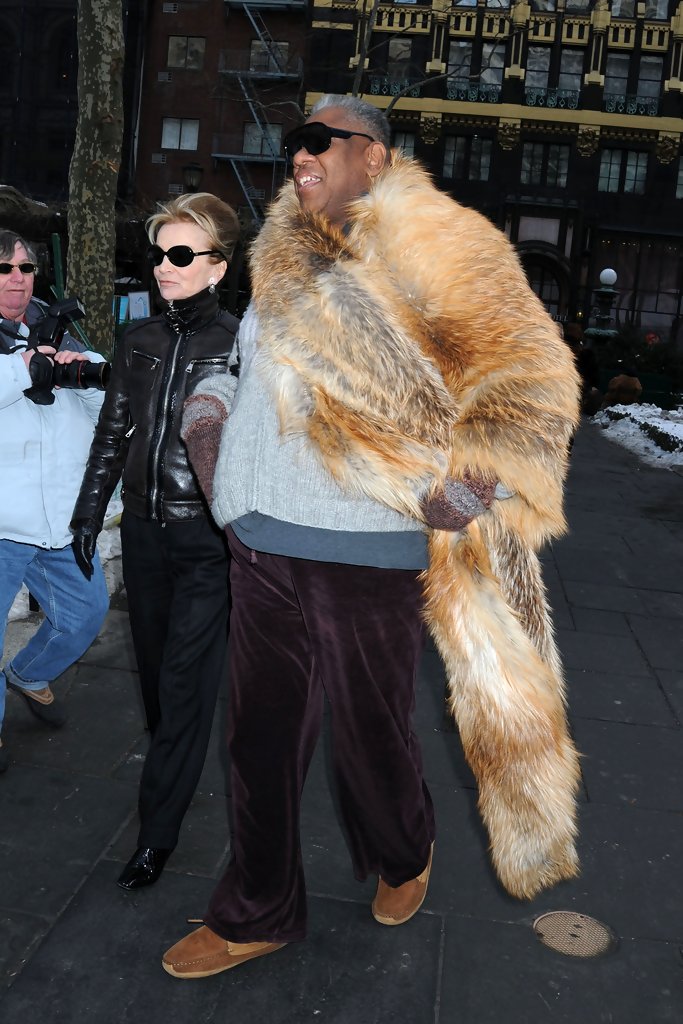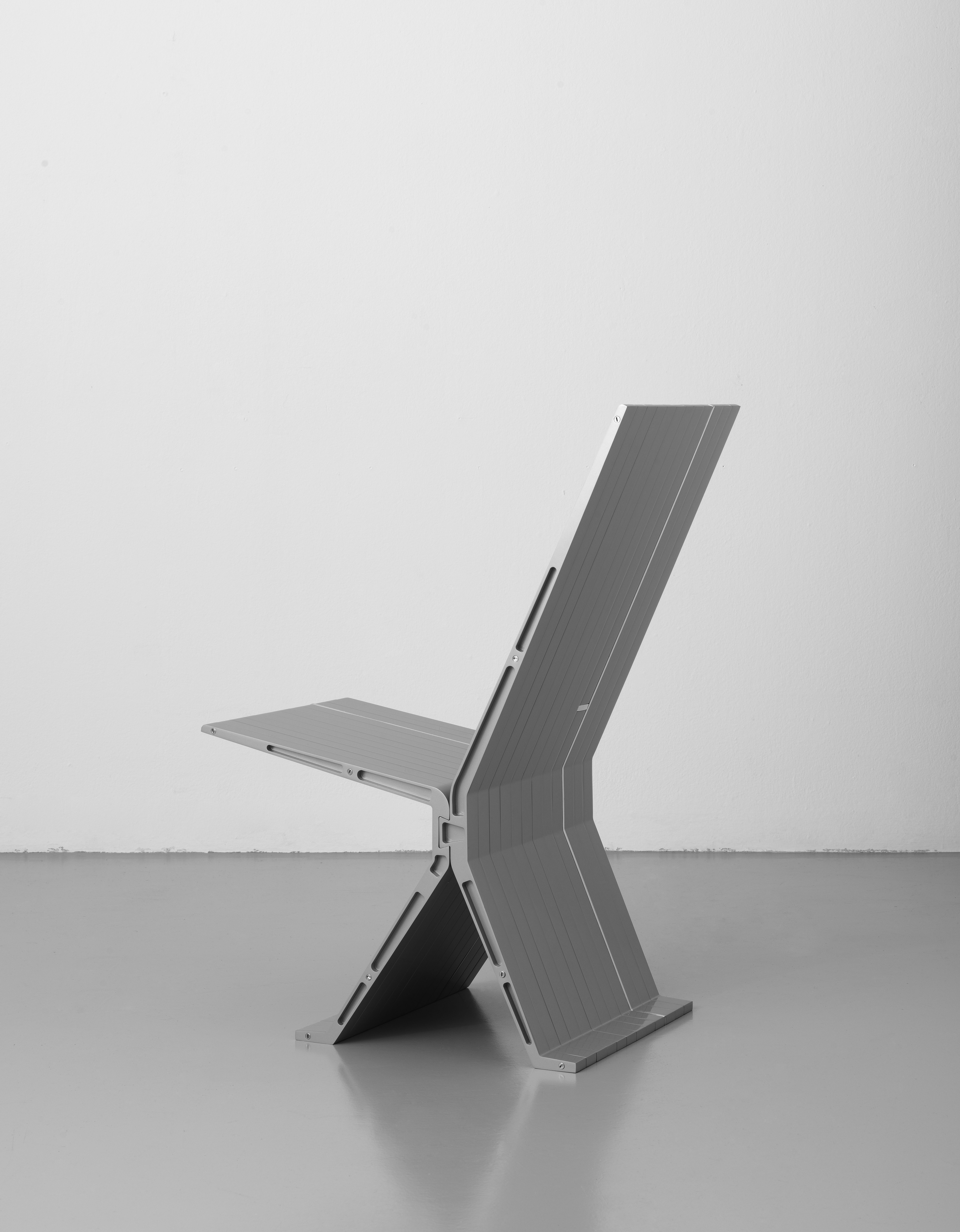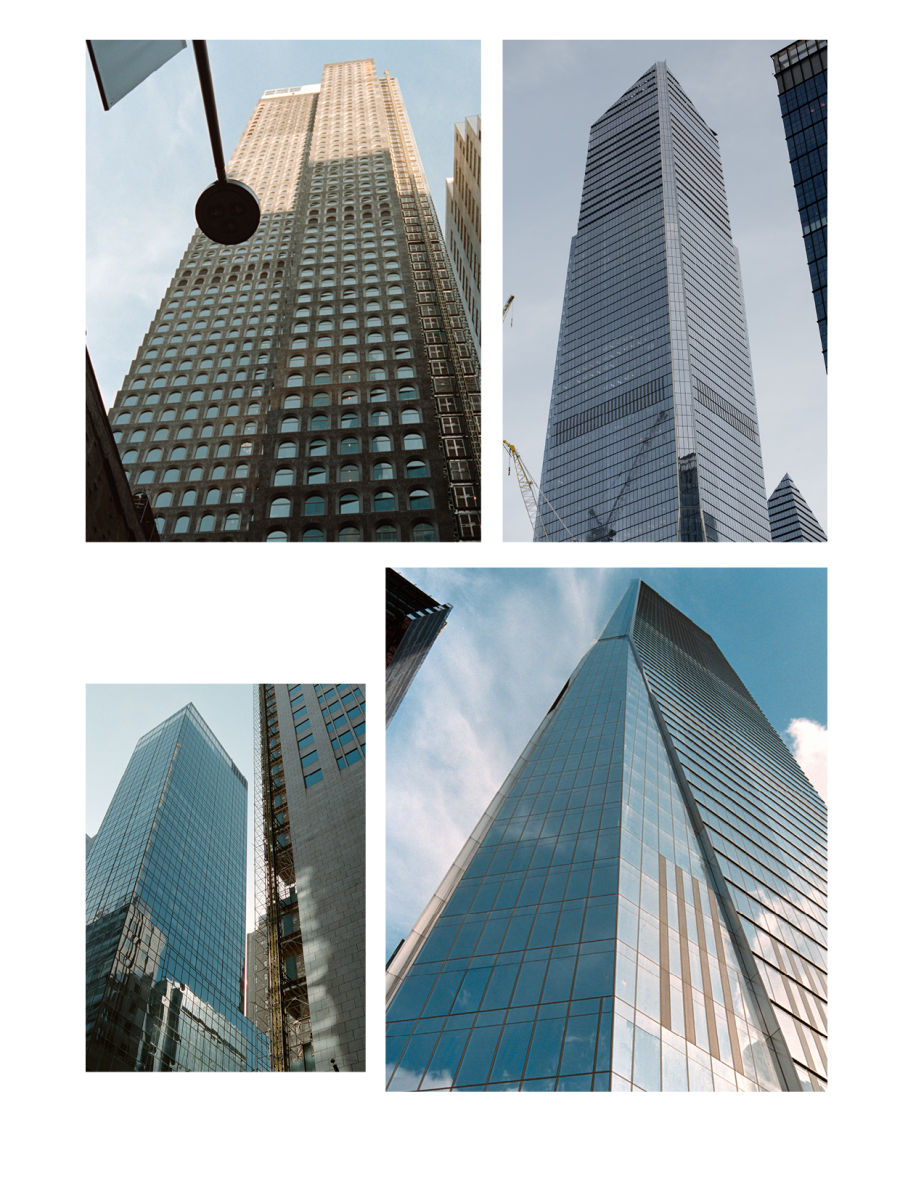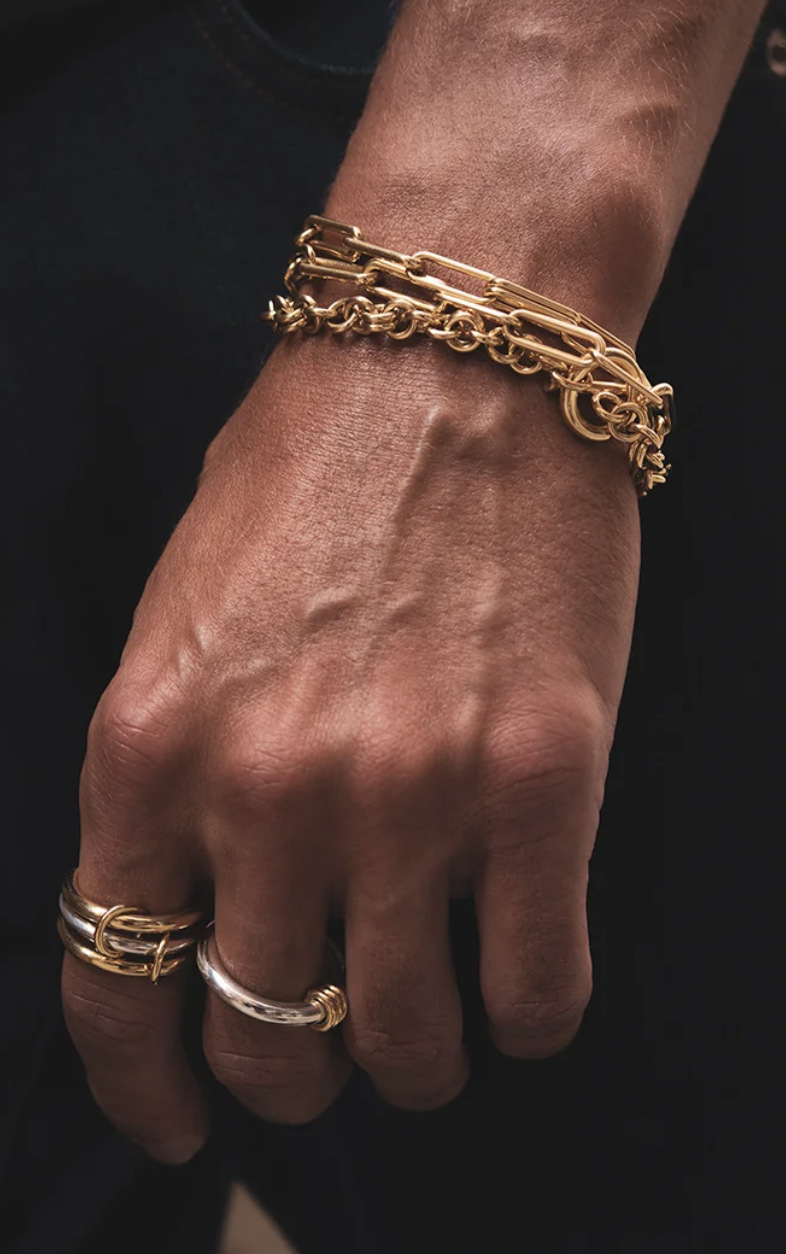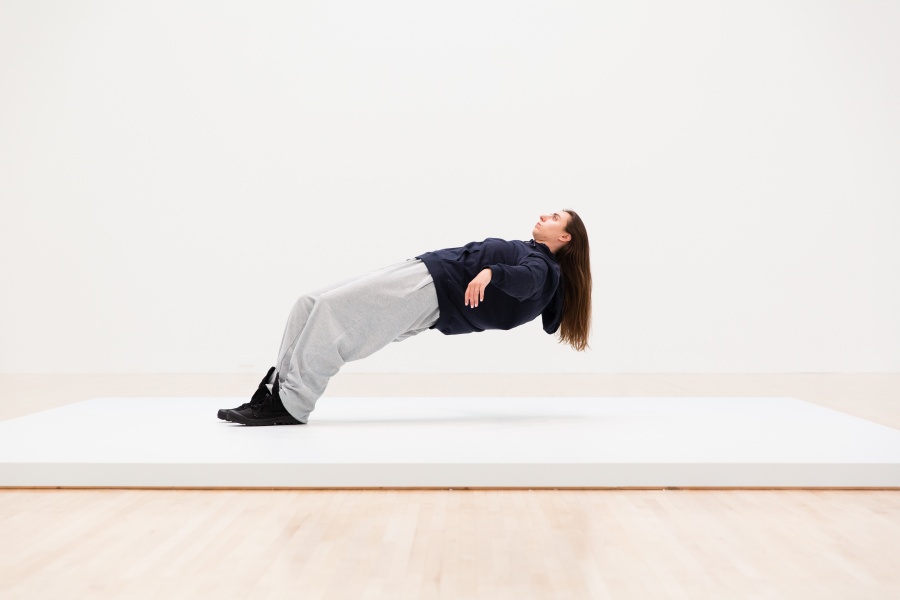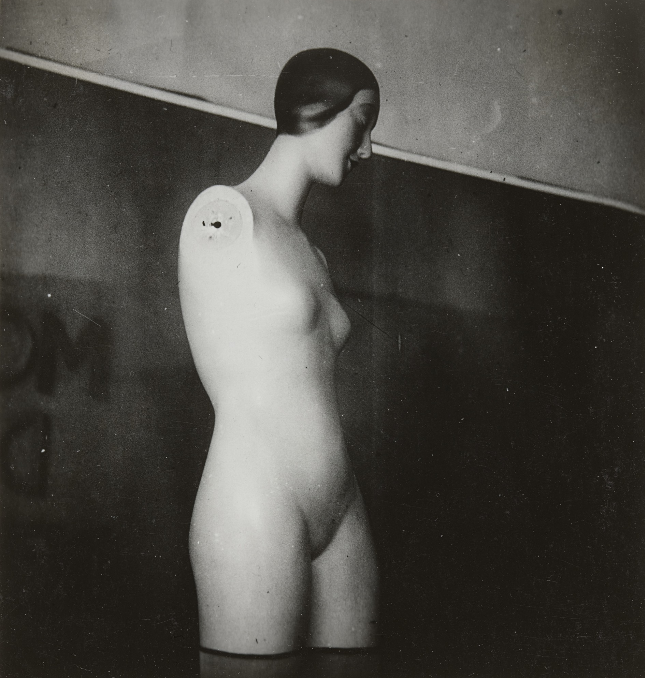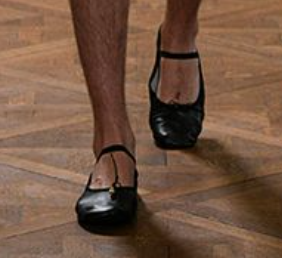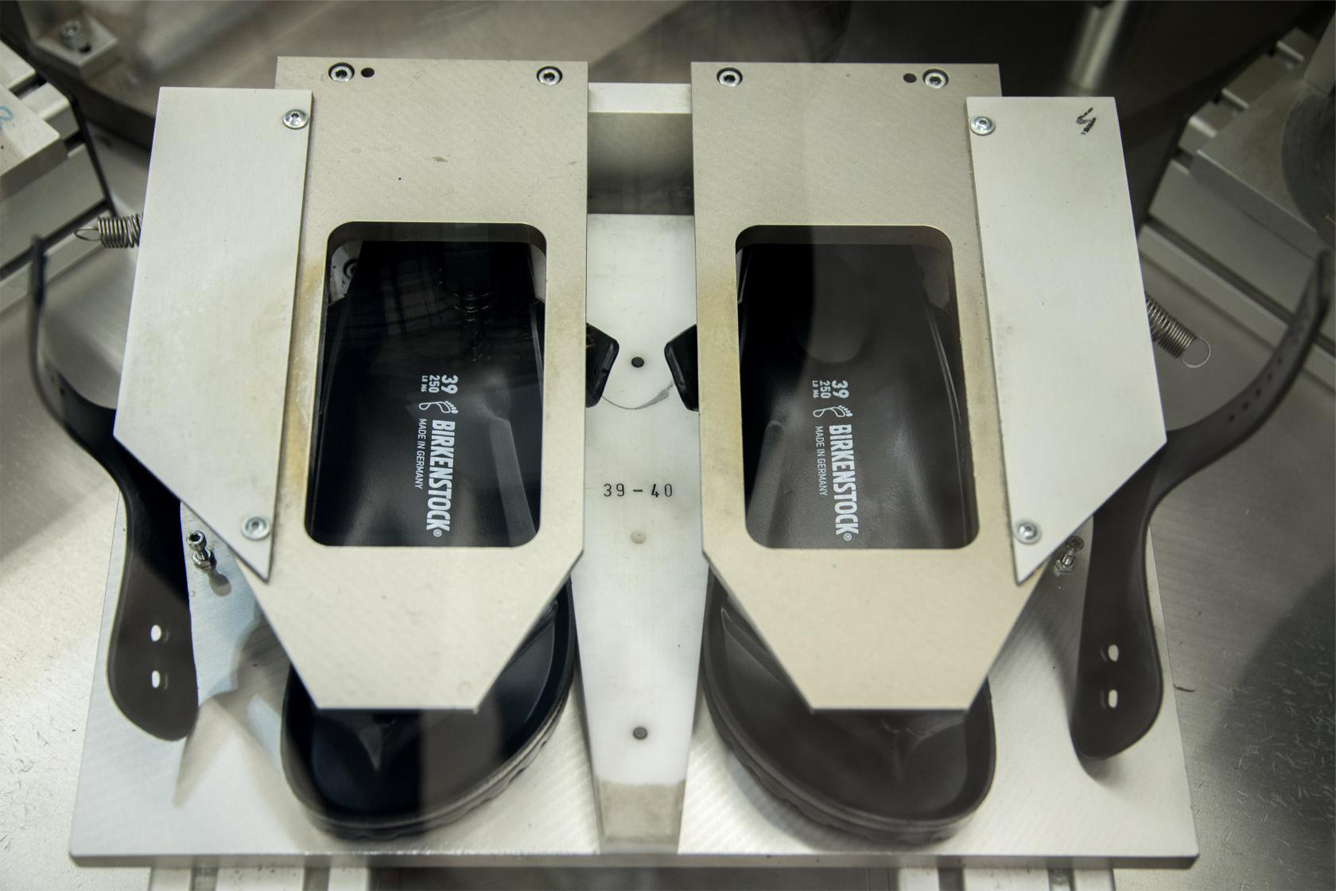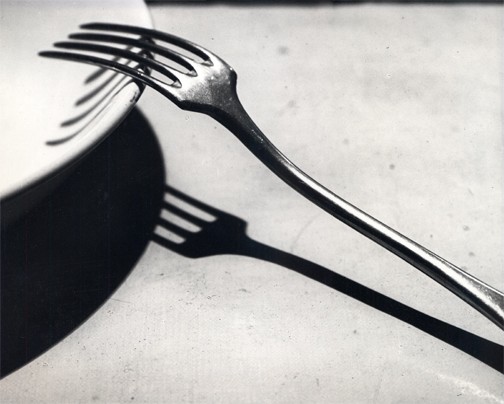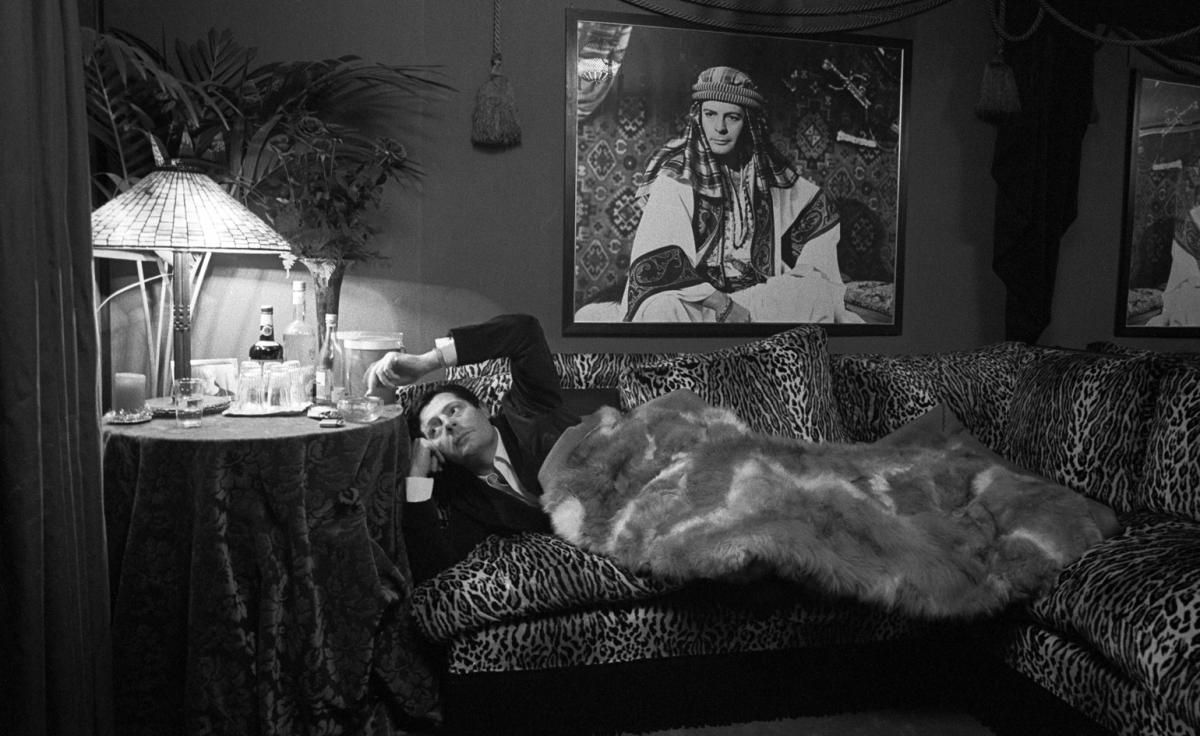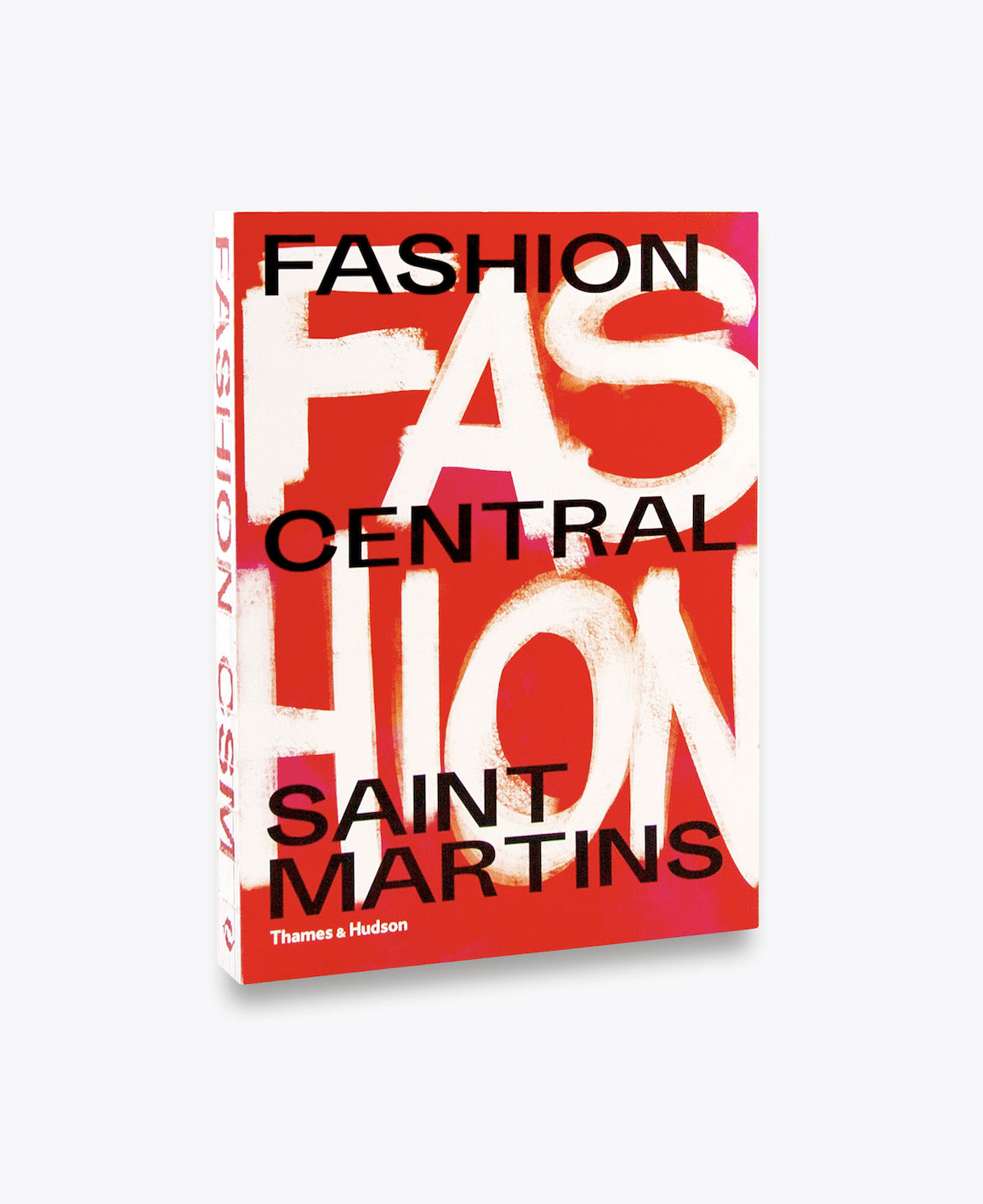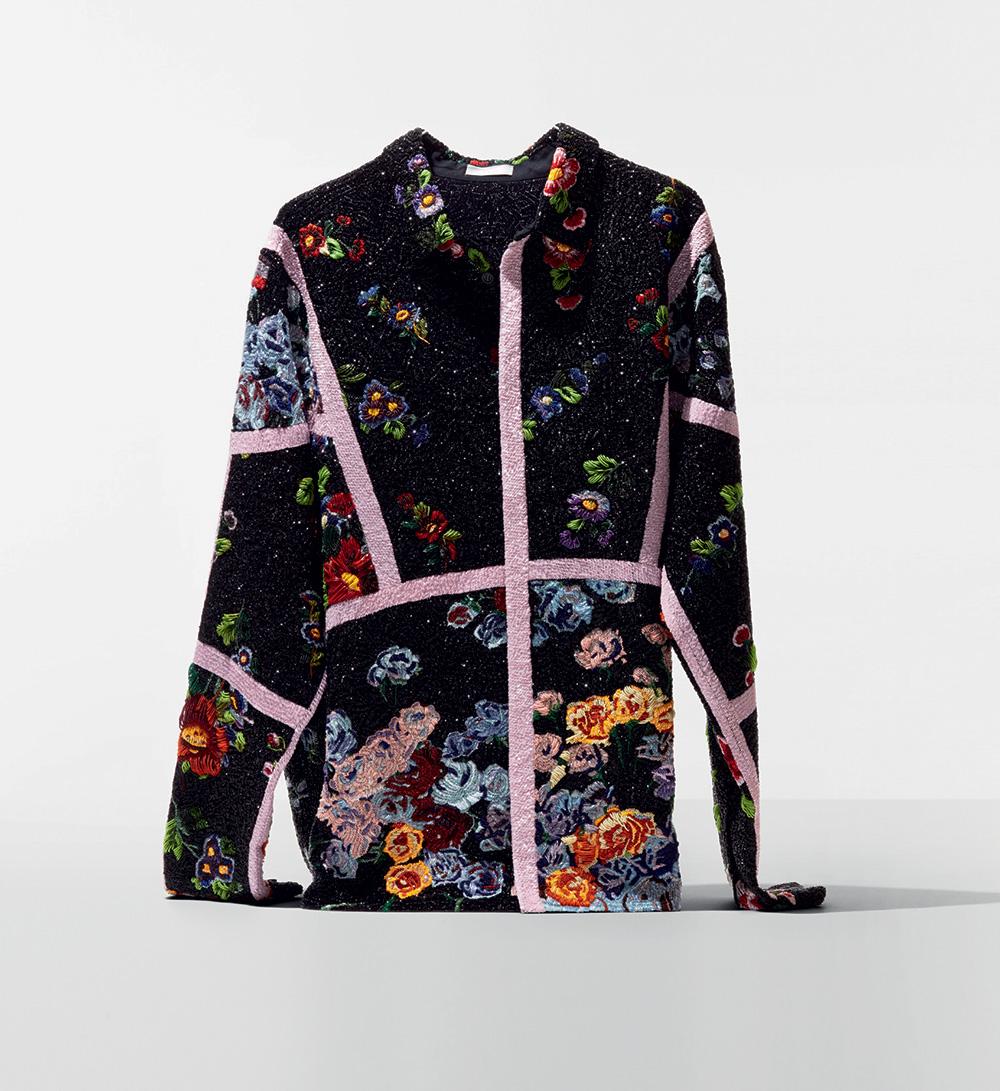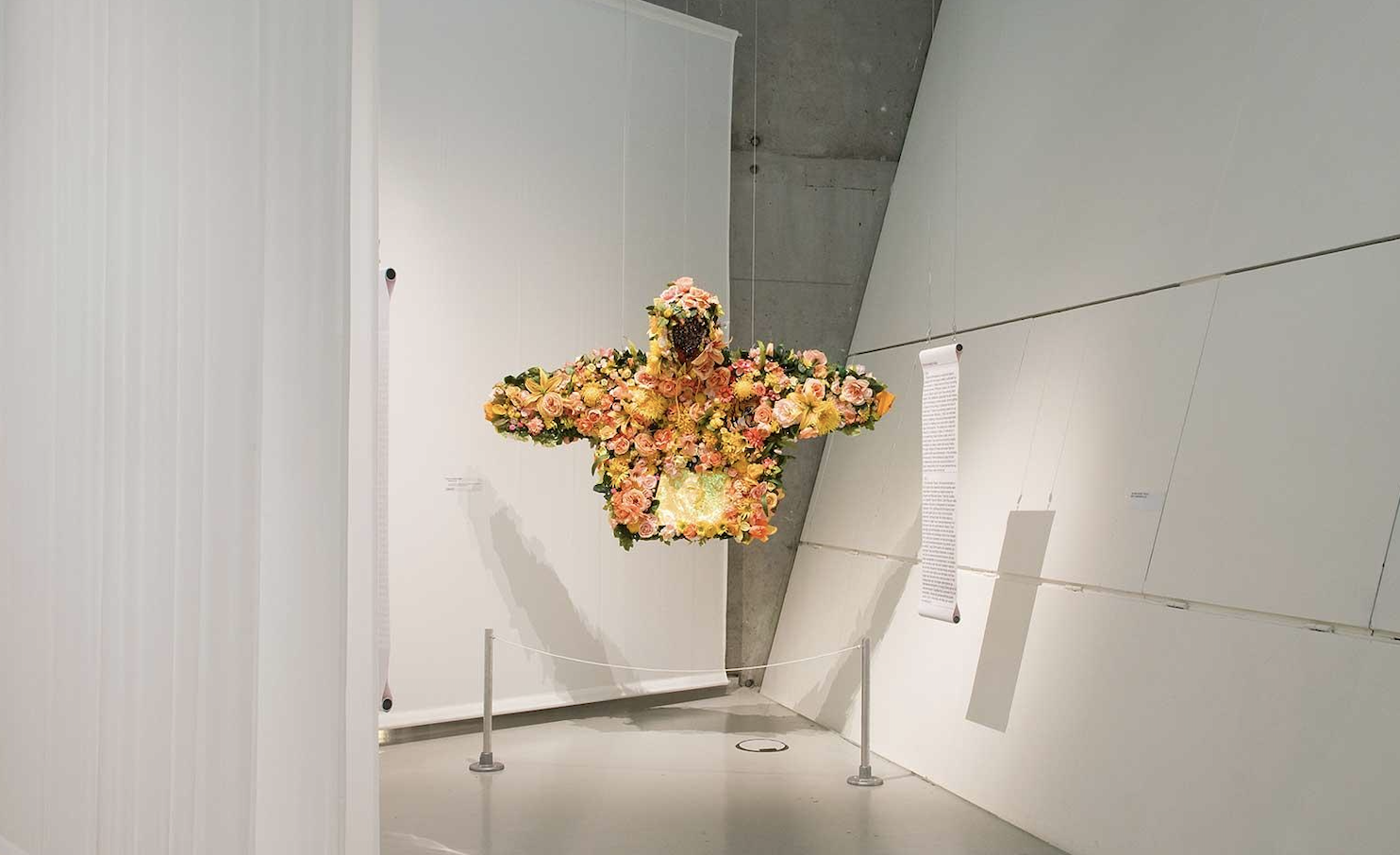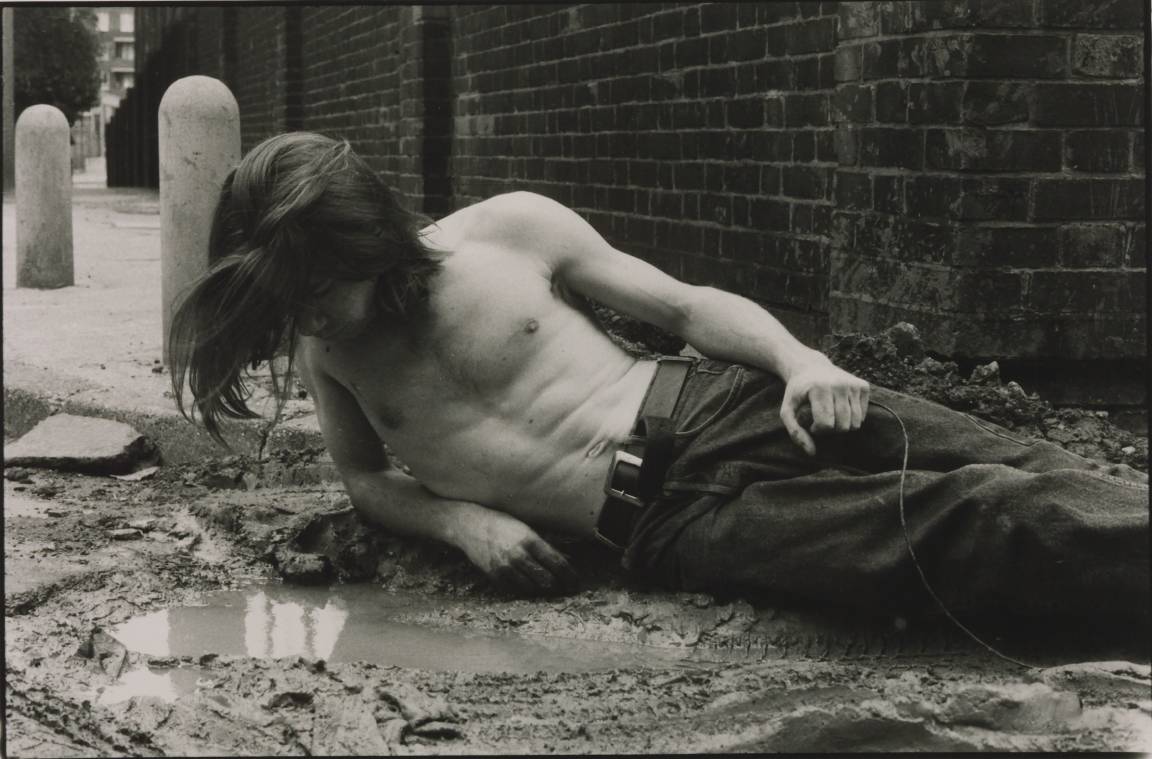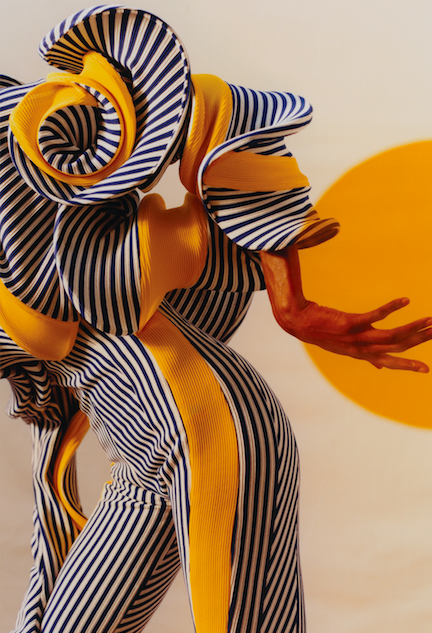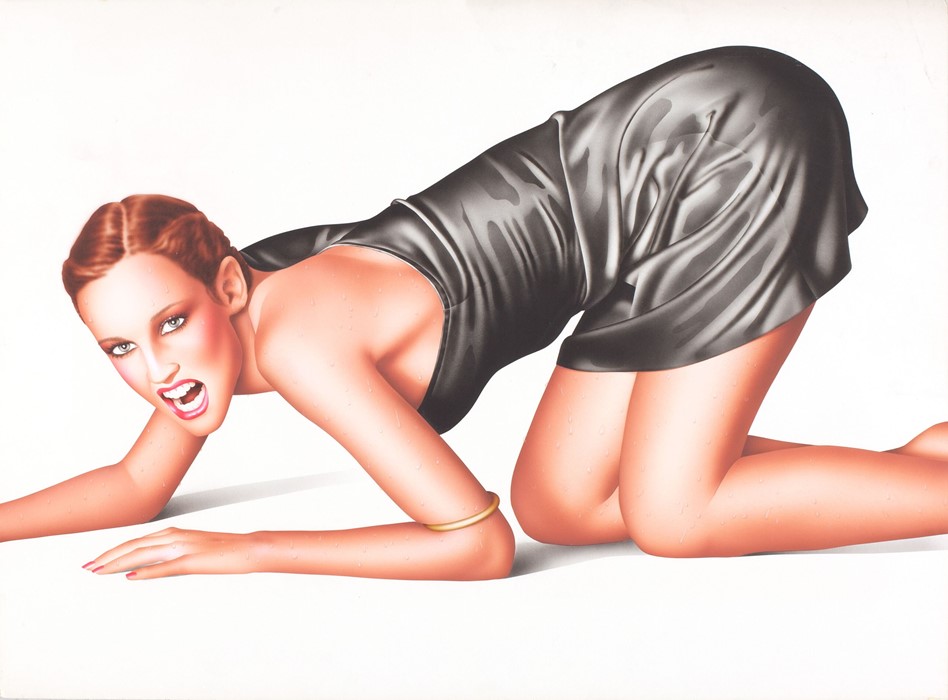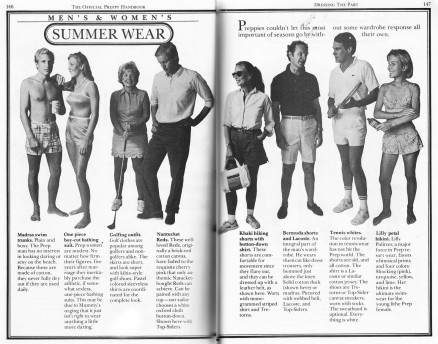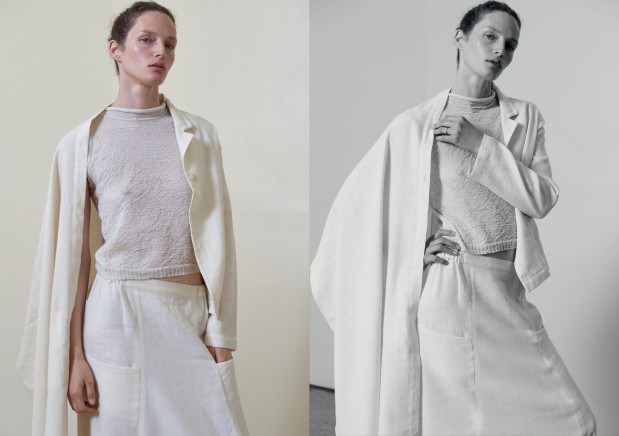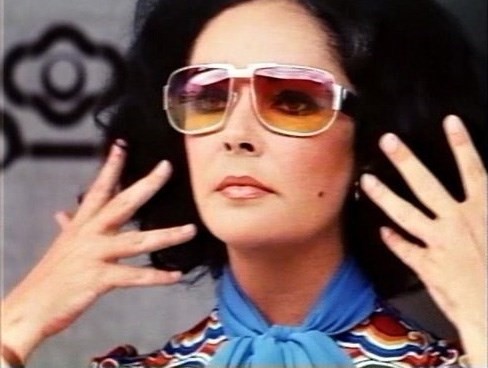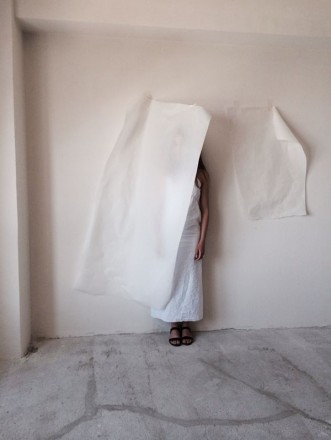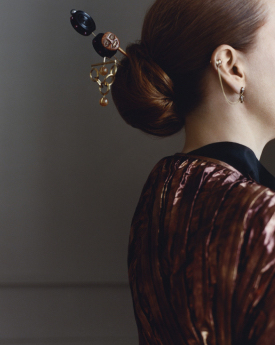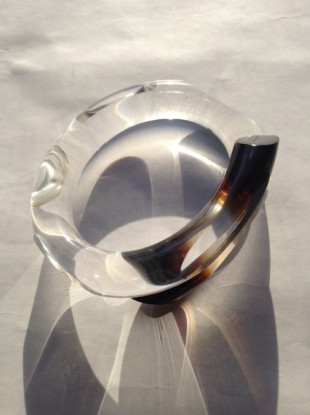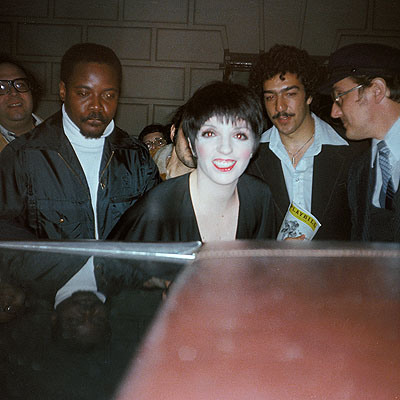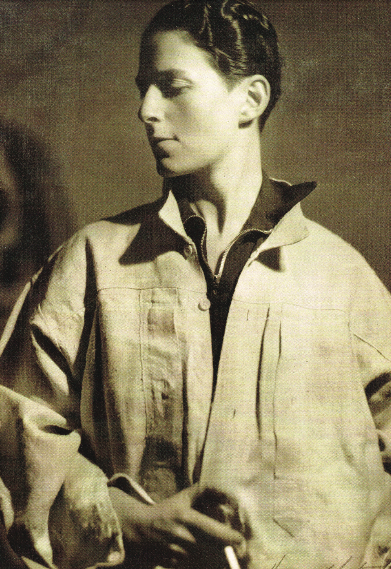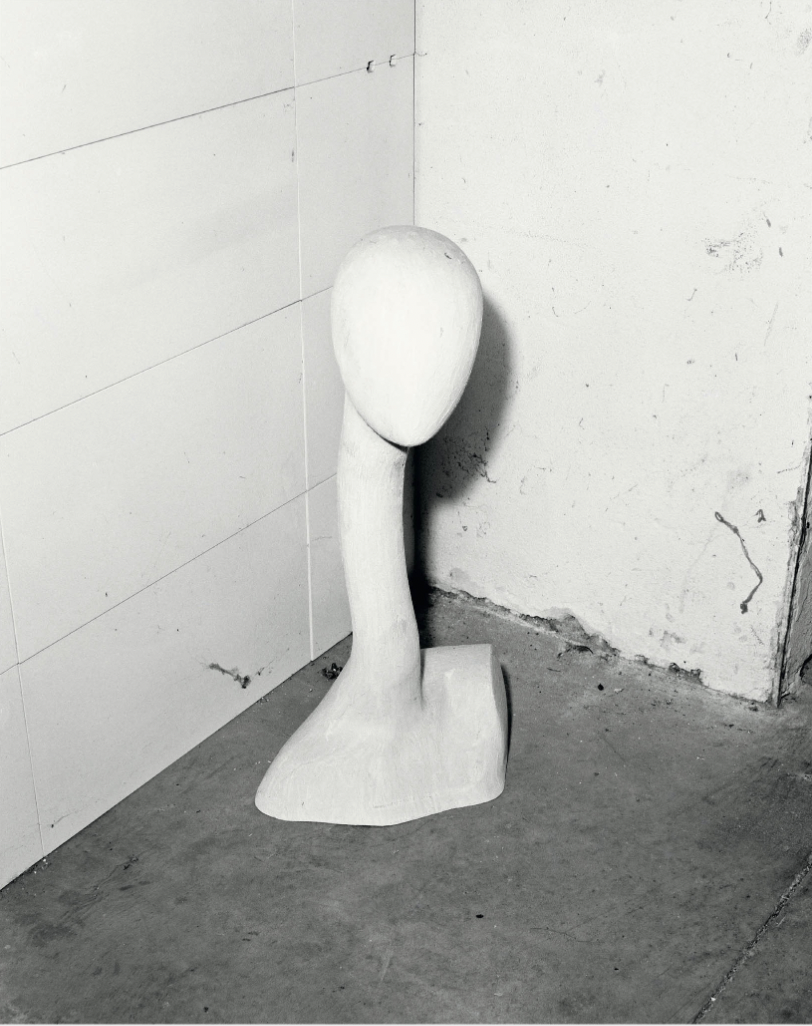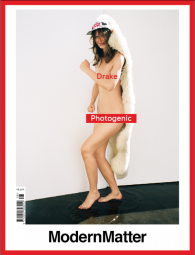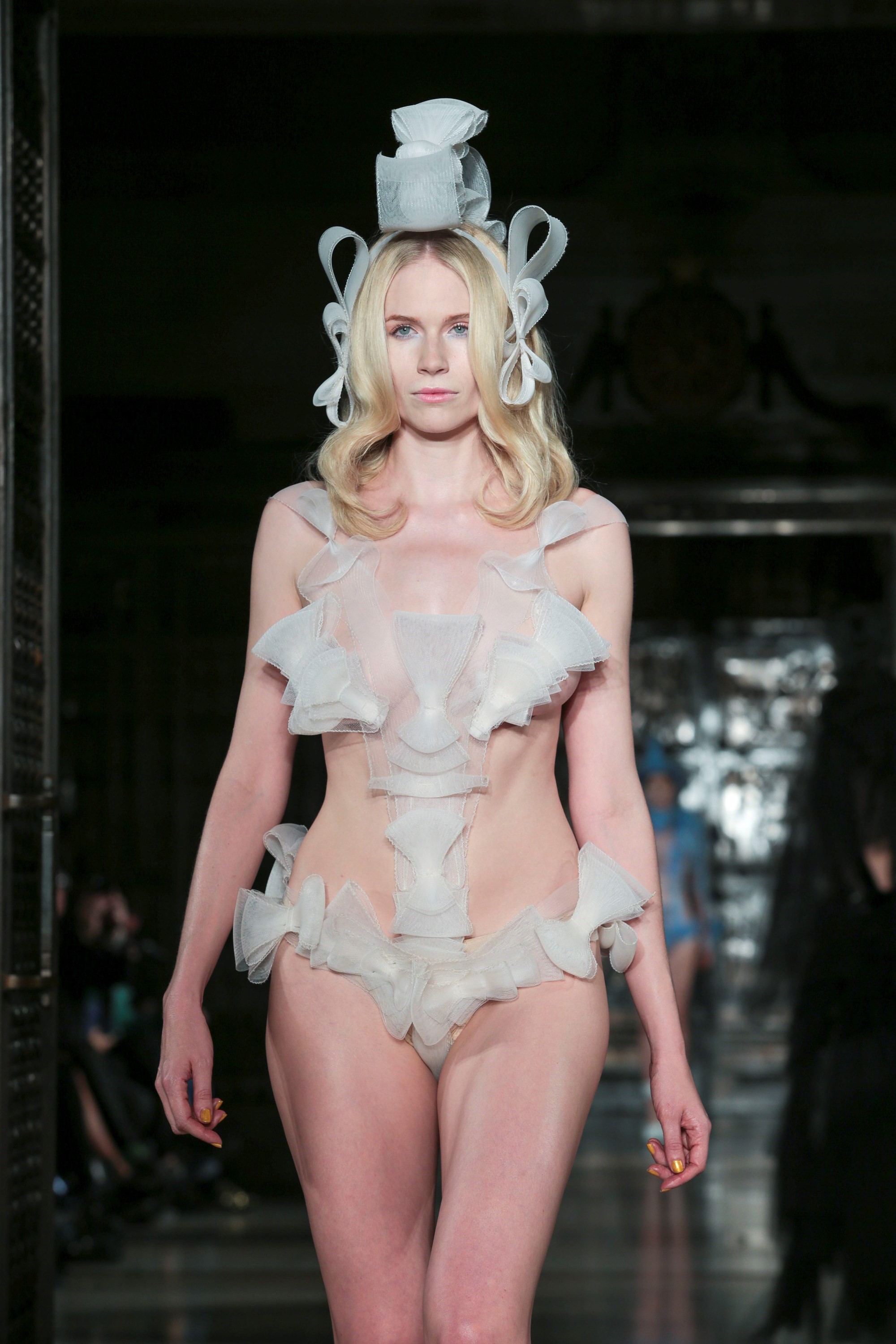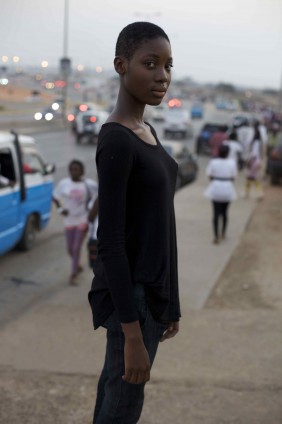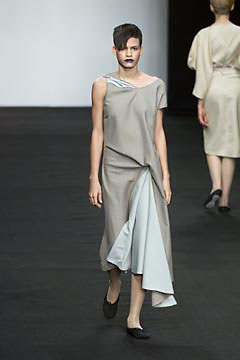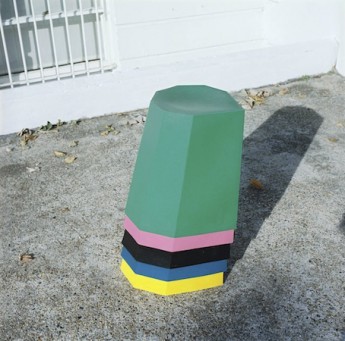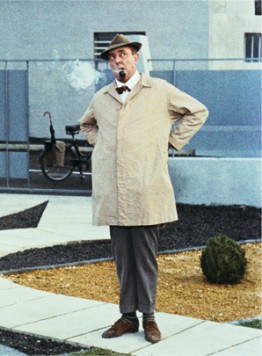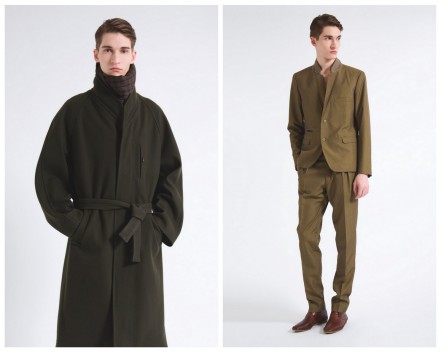2015
Artful
Published in On The Rocks S/S 2015
Artful

The look of the female art teacher is in stark opposition to the normcore aspirations of Generation Y. It is a style authentic to only a handful of women.
Phoebe Philo’s persistent veneration of oversized silhouettes worn with sculptural jewellery at Céline and the glorious maximalism of Consuelo Castiglioni’s Marni are indebted to the art teacher’s bravura. Moreover, in 2012, style.com announced that, ‘Art-teacher chic—loose tunics, big ceramic necklaces, modest shoes—has become the go-to uniform for fashion-y women who are done with overdone.’
![Photography by Laurence Ellis]()
![]()
![]()
![Photography by Laurence Ellis]()
The style does however require some serious guts.
As the former professor of fashion at both the Royal College of Art and Central Saint Martins, Wendy Dagworthy reflects that students today are less inclined to take the same risks her own generation did in the 1960s. ‘They’re a different breed…we always used to make our own clothes because we did needlework at school and so we had the skills. But more importantly, we didn’t have such a thing as cheap clothes! We used to go to the local Friday market to buy fabric to make it up into something for that evening. You got used to doing your own thing. Looking your own way.’ Ironically, the mass marketing of personal taste has led to a loss of personality. ‘It’s easier to buy something from Zara than to make it and generally people wear much easier clothes now. It is because people are buying things readymade that they take less risks with how they look.’
When I arrived at art school fourteen years ago, teachers walked the corridors like majestic mime artists wearing black, layered clothes in funny Japanese cuts, punctuated by audacious jewellery thrown around the wrist or placed at the neck. ‘What do you do to make yourself different from other people if you’re just wearing black all of the time?’ asks lecturer and former Chairwoman of The Embroiderers Guild, Anthea Godfrey. ‘My entire wardrobe is black because I used to always be covered in paint and of course on black, you don’t see that. It’s the jewellery that changes you.’
With her detailed understanding of the embroidery world from academia to couture, Godfrey’s own taste in jewellery shows no bias. Boxes tucked inside drawers at her home are filled with all sorts of pieces from Art Nouveau rings and Kenyan wedding bracelets to African necklaces made from conch shells, collected on trips back and forth to Africa where her husband has worked for over twenty years. Close to her heart is a large collection of hand-embroidered necklaces that were made by her mother Margaret Nicholson. A designer, Nicholson began making the necklaces at the age of twenty-one after a thyroid operation. ‘She couldn’t find anything to cover the scar so she started making these and never stopped,’ Godfrey smiles. Nicholson can be heard talking about her life as part of the British Library’s An Oral History of British Fashion series recorded three years before her death in 2005. ‘People love my jewellery and wherever I go I am asked about it. I wear these things everywhere!’ Godfrey says, clutching a large ammonite and birds-of-paradise feather necklace. ‘They have to be worn and they have to live. I really don’t have any other rules.’
In Woody Allen’s 1977 film Annie Hall, Allen’s status-hungry second wife Robin (played by Janet Margolin) breezes through a Manhattan literary party wearing a voluminous tunic with an oversized wooden beaded necklace and a slew of ethnic metal bangles. Put simply, the cultured, erudite woman isn’t afraid of a big hunk o’ jewellery. ‘I hate fiddly jewellery! I’m not one to wear a fine chain or anything and I’m not into expensive jewellery either,’ Dagworthy says. ‘I think it’s a bit dated. It just feels old and very very conservative.’
All the women I spoke to are unanimous in their feelings on delicate, costly jewellery. It just doesn’t appeal. The silver bangles Dagworthy wears which have all been given to her by her husband (he has bought her one every year since they first met at art school in 1968) aren’t solid. They’re hollow. A standing joke at the Royal College was that people could hear her coming from a mile away. Tutor Su Shearer will often wear a spoon tied up with a velvet bow as a broach – something she once saw in a boutique window and rushed home to recreate. Amongst her vibrant haul of necklaces and bracelets is a plastic bouquet of flowers tied with a ribbon, given to her by a colleague who taught on the jewellery course. Godfrey’s medallion with matching earrings photographed are made from the tins of sliced peaches, cut and then bashed into shape on rocks in Kenya and then scarified. Natalie Gibson, who founded the fashion print course at Central Saint Martins in 1981, keeps her growing collection of turquoise beaded necklaces strung up on plastic hooks in her brightly painted bathroom.
None of the pieces photographed here are precious in the conventional sense. The jewellery designer Marlene McKibbin’s favourite material is acrylic because of its clarity. ‘I think stones and diamonds are so often overworked for the sake of what the material is. People think precious means sparkly and I always thought they were missing the point. My whole thing with the materials I work with – and now I work a lot with steel – is to let the material show through the form.’ Originally from Northern Ireland, McKibbin lives and works in London and has been running her studio for over 30 years. She has been teaching on the jewellery course at Central Saint Martins for ten years.
It was during her first year as a student that McKibbin first discovered acrylic. ‘Then someone showed me the lathe and that was it. I was so excited because I could make multiples. I didn’t have to sit and labour over one piece. I was trying to make multiples of the same thing, something simple but with a certain rhythm.’ The pieces she wears the most are the purest forms such as a long necklace of coloured acrylic bars threaded onto wire; it best sums up her aesthetic and conceptual interests with rhythm and modernism. Arriving at the Royal College of Art in 1975, she only used acrylic from then on. ‘My work wasn’t expected, I guess, but we used to have these interim exhibitions that would be halfway between the top floor and the canteen so everybody would pass. I would get orders and so I realised that there was a market for this, albeit at this point only inside the college but I was encouraged. I got a fantastic response from my degree show and I think I was the only person to leave without a silver bill; everybody else had a silver bill. I just kept going.’
‘I wear a lot of silver but that’s more of a matter of money,’ Gibson reveals. Her style is vivid and festive. ‘I have a bit of gold but, more silver. I quite like bright stones and beads and colours. I like enamel. I like glass. I don’t know enough about jewels because I had my grannies ring and an emerald fell out and I wouldn’t know if that was a bit of glass they put back in!’ She has been travelling to India for over twenty years and always manages to find something to buy. ‘I have always collected things I have found in the street, even when I lived with my parents. I wouldn’t say I was a hoarder. I am a not-thrower-outer.’
Eclecticism is at the core of whatever art-teacher chic is. ‘I think we wear these sorts of things because we appreciate the aesthetic form,’ Shearer considers. ‘I did my foundation course in gardens that had Henry Moore statues in them so that has been my influence.’ Shearer recalls seeing a revolving Moore sculpture in the gardens of Sharpham House in Devon as a student. ‘He had made this sculpture to fit with the landscape. You could turn it with one finger and as it moved, it revealed different parts of the horizon. I had a friend who was a ceramicist and he made beautiful things and my parents bought a lot of ceramics too. I suppose I had an aesthetic about form. But I was a hippy too you see, so I loved beads.’ Shearer’s globular resin necklaces photographed are by Jackie Brazil; each is completely unique and made by hand. ‘Living in quite a vibrant area of south Devon by the coast, colour was everywhere. The sea, the coast, the moors, everything was about colour. Wearing this jewellery is connected to everything I was brought up with.’
It’s too easy to dismiss what is photographed here as ‘quirky’ in a world so obsessed with identikit style. I am reminded of something Cecil Beaton wrote in 1957: ‘Be daring, be different, be impractical, be anything that will assert integrity of purpose and imaginative vision against the play-it-safers, the creatures of the commonplace, the slaves of the ordinary.’ These pieces are confrontational in their immodesty, worn by a generation of spirited women who have dedicated their time to nurturing the imaginations of some of our most revered design talents. ‘People do look at my jewellery a lot and think, “what the hell is that!”’ McKibbin shrugs, ‘but so what.’




